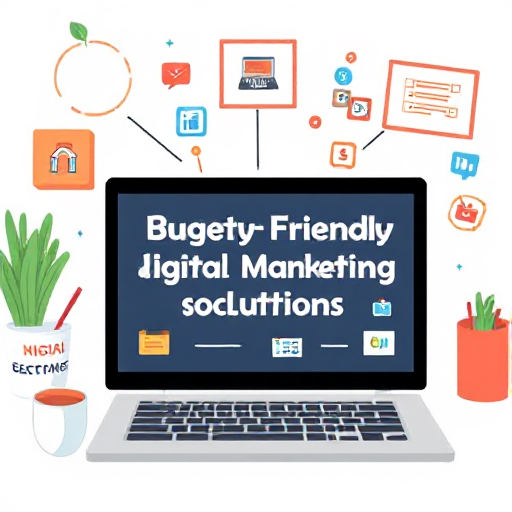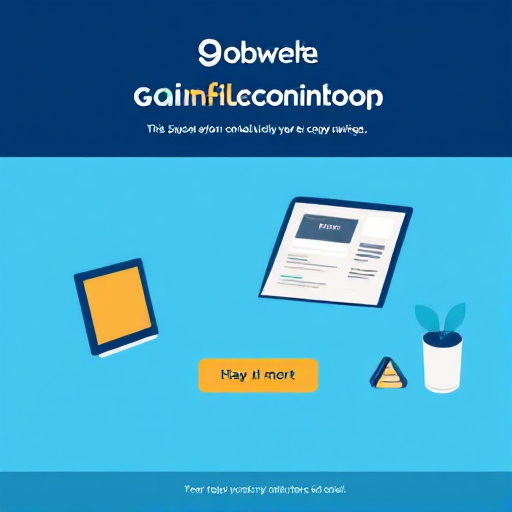Automating Content Creation: Tools And Techniques
In the digital age, where content creation is essential for engaging audiences and driving business growth, automation has emerged as a valuable strategy to streamline workflows, save time, and maintain consistency. This article delves into the concept of automating content creation, explores popular tools and techniques, discusses best practices for implementation, and provides real-world examples of successful automation strategies.
Understanding Automated Content Creation
Automated content creation involves using technology, software tools, and predefined processes to generate, manage, and distribute content across various platforms. Automation aims to reduce manual effort, ensure consistency, and improve efficiency in content marketing campaigns. It encompasses a range of tasks from content ideation and creation to scheduling and distribution.
Benefits of Automating Content Creation
Implementing automation in content creation offers several benefits for businesses:
1. Time Efficiency: Automation reduces the time spent on repetitive tasks, allowing content creators to focus on strategic activities such as planning, analysis, and creative ideation.
2. Consistency: Automated workflows ensure consistent publishing schedules and maintain brand voice and style across all content channels.
3. Scalability: Businesses can scale their content efforts efficiently without significantly increasing resource allocation, enabling them to reach broader audiences and drive engagement.
4. Data-Driven Insights: Automation tools often include analytics capabilities that provide valuable insights into content performance, audience behavior, and campaign effectiveness.
Tools for Automating Content Creation
Several tools and platforms facilitate different aspects of automated content creation:
1. Content Management Systems (CMS): Platforms like WordPress, Drupal, or Joomla automate content publishing, scheduling, and management tasks.
2. Social Media Management Tools: Tools such as Buffer, Hootsuite, or Sprout Social automate social media posting, scheduling, and monitoring.
3. Email Marketing Automation: Platforms like Mailchimp, ConvertKit, or HubSpot automate email campaign creation, segmentation, and personalization.
4. AI-Powered Content Creation Tools: Tools like ChatGPT (OpenAI), Copy.ai, or Writesonic use artificial intelligence to generate content, including blog posts, social media captions, and product descriptions.
5. Content Curation Tools: Tools such as Feedly or Pocket automate the process of discovering and curating relevant content from across the web.
Techniques for Implementing Automated Content Creation
To effectively implement automated content creation strategies, consider the following techniques:
1. Define Content Goals and Strategy: Establish clear content objectives, target audience personas, and key performance indicators (KPIs) to guide automated content creation efforts.
2. Content Calendar Development: Create a content calendar outlining publishing schedules, themes, and topics. Use automation tools to schedule posts in advance across different platforms.
3. Use Templates and Workflows: Develop content templates and standardized workflows for different types of content (e.g., blog posts, social media updates). Templates streamline the creation process while maintaining consistency.
4. Personalization and Segmentation: Leverage automation tools to personalize content based on audience segmentation, preferences, and behavioral data. Personalized content resonates better with audiences and enhances engagement.
5. Monitor and Optimize: Regularly monitor content performance using analytics tools. Identify high-performing content and optimize future campaigns based on insights gathered.
Real-World Examples of Automated Content Creation
Several brands have successfully integrated automation into their content creation processes:
Netflix: Utilizes AI algorithms to personalize content recommendations based on user viewing history and preferences, enhancing user experience and retention.
BuzzFeed: Uses automated tools to generate viral-worthy article headlines and social media posts that resonate with their audience’s interests and trends.
Amazon: Implements AI-driven product recommendations and personalized email campaigns based on customer browsing and purchase behavior, driving sales and customer loyalty.
Challenges and Considerations
While automation offers numerous benefits, businesses should be mindful of potential challenges:
Quality vs. Quantity: Striking a balance between automated content creation and maintaining quality standards is crucial to avoid generic or impersonal content.
Human Oversight: Automated tools should be complemented with human oversight to ensure content aligns with brand values, tone, and messaging.
Adaptability: Content strategies should be adaptable to evolving trends, audience preferences, and platform algorithms to maintain relevance and effectiveness.
Automating content creation is a powerful strategy for enhancing productivity, maintaining consistency, and driving engagement in today’s competitive digital landscape. By leveraging advanced tools, defining clear strategies, and implementing best practices, businesses can streamline workflows, optimize resources, and achieve their content marketing objectives efficiently. Embrace automation as a catalyst for innovation and growth, empowering your team to focus on creativity and strategic initiatives while delivering compelling content that resonates with your audience.
For more information, email admin@1dollarcreatives.com.







